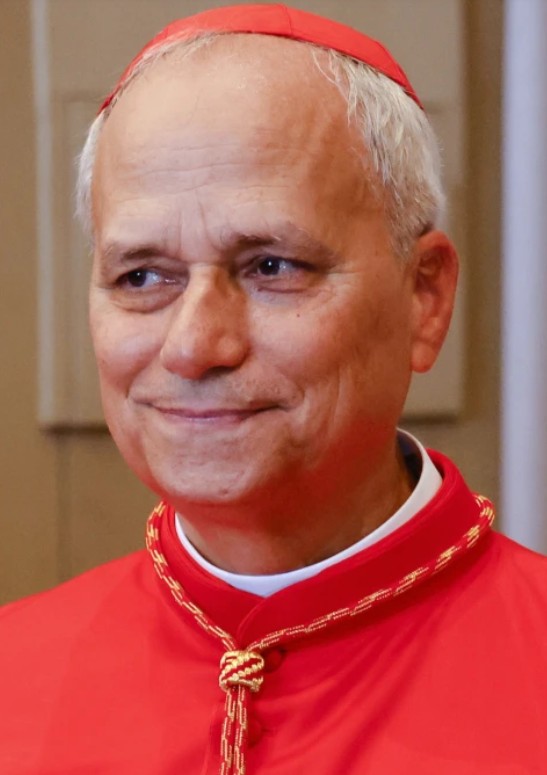Historic Election Marks New Era for Catholic Church
The College of Cardinals has elected American Cardinal Robert Francis Prevost as the next Pope, marking a historic moment for the Catholic Church. The 69-year-old Chicago native, who also holds Peruvian citizenship, becomes the first American to lead the worldwide Catholic Church, breaking centuries of precedent.
White smoke billowed from the Sistine Chapel chimney Thursday afternoon, signaling that the required two-thirds majority of the 133 voting cardinals had selected a successor to Pope Francis, who died on April 21.
Cardinal Dominique Mamberti, the senior cardinal deacon, made the traditional “Habemus Papam” (“We have a Pope”) announcement from the central balcony of St. Peter’s Basilica. The newly elected pontiff then appeared to deliver his first apostolic blessing.
From Chicago to the Vatican
Prior to his election, Prevost served as the Prefect of the Dicastery for Bishops since 2023, a powerful Vatican position responsible for selecting bishops worldwide. His selection represents a significant shift for the Church, as many had long believed an American would never become pope due to the United States’ existing geopolitical influence.
“This selection breaks with the old saying that ‘he who enters the conclave as pope, exits as a cardinal,'” said Vatican analyst Marco Rossi. “Prevost was considered a serious contender from the beginning, and his dual American-Peruvian citizenship likely helped overcome traditional objections to an American pope.”
A Successor in Francis’ Image
Prevost is considered a centrist who embraces many of Pope Francis’ priorities, particularly his advocacy for migrants and the poor. During his time in Peru, where he served as Bishop of Chiclayo from 2015 to 2023, he developed a reputation for his commitment to social justice issues.
In February 2025, Pope Francis elevated Prevost to the highest rank of cardinals, seen by many as a signal of his trust and favor. While Prevost shares Francis’ progressive views on social issues, he maintains traditional positions on Church doctrine, opposing women’s ordination to the diaconate.
“Our work is to enlarge the tent and to let everyone know they are welcome inside the Church,” Prevost stated during a 2023 Vatican press conference, reflecting his inclusive approach to ministry.
Papal Selection Process
The conclave began on May 7 with 133 cardinal electors from 70 countries gathering in the Sistine Chapel. After three inconclusive votes, the cardinals reached the required two-thirds majority on their fourth ballot.
Observers noted that the relatively quick selection suggests Prevost emerged as a compromise candidate who could bridge divides between traditional and progressive factions within the Church.
Challenges Ahead
The new pope faces significant challenges, including addressing ongoing clergy sexual abuse scandals, declining church attendance in Western countries, and political divisions among Catholics worldwide.
His background in both North and South America positions him uniquely to address these issues. Having spent significant time as a missionary and administrator in Peru, Prevost brings firsthand experience of the Church in the developing world, where Catholicism continues to grow.
What’s Next
The papal inauguration ceremony will take place in the coming days at St. Peter’s Basilica, where world leaders and representatives of other faiths are expected to attend. Following this formal installation, Pope Prevost will begin the work of leading the world’s 1.4 billion Catholics.
Discover more from Northeast Ohio News
Subscribe to get the latest posts sent to your email.










